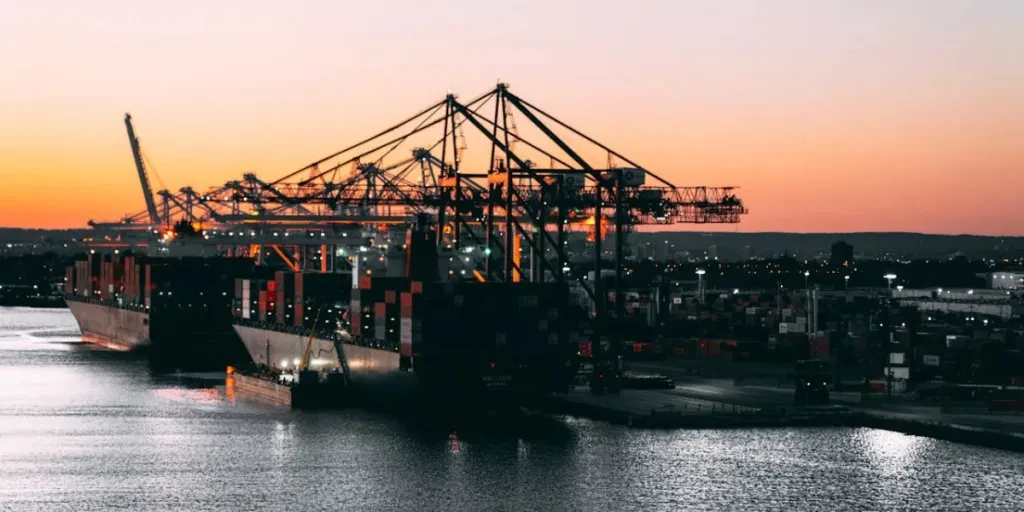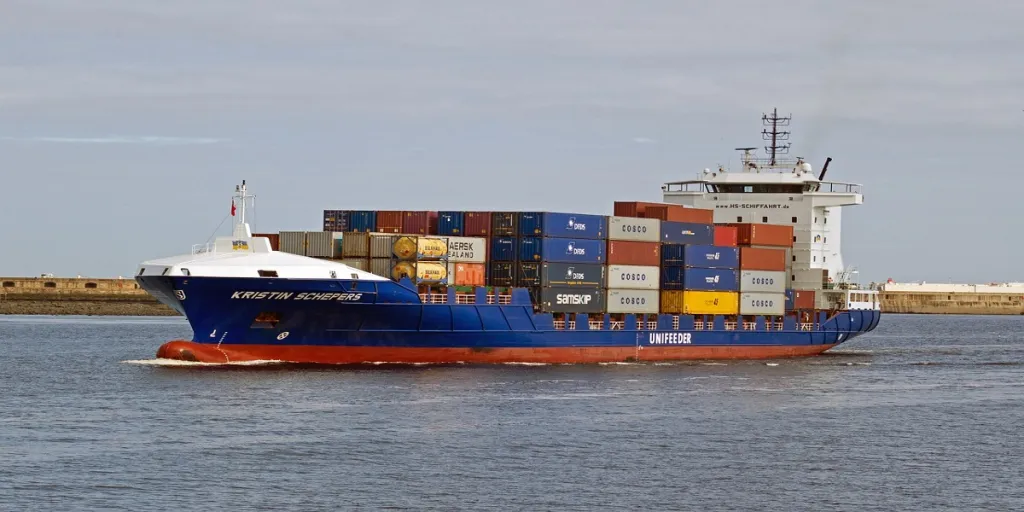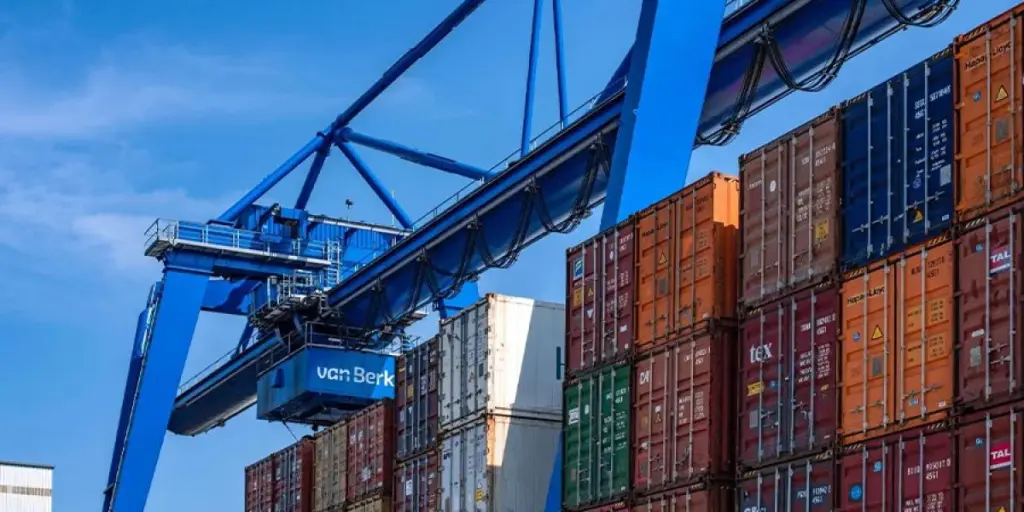“Give me a museum and I’ll fill it.”—Pablo Picasso once famously said this, capturing the prolific nature of an artist’s work. Indeed, in the art world today, it’s common for an artist to deliver their artwork to a gallery for consignment, effectively filling the gallery with their pieces rather quickly. Under such an arrangement, the artist is responsible for safely delivering the artwork to the gallery, which acts as the initial buyer after taking ownership by showcasing the artwork.
This transfer of responsibility closely parallels the FOB (Free On Board) rule defined by the International Commercial Terms (Incoterms). Just as the artist delivers the artwork to the gallery for full display, the seller is responsible for transporting goods to the port and loading them onto the vessel under FOB terms. The buyer (gallery) then assumes complete responsibility, similar to how a buyer does in FOB terms once goods are loaded onto a ship.
To gain a full picture of the definition of FOB, it is important to understand the responsibilities and financial obligations of both the seller and buyer under the FOB rule, as well as the practical usage cases of FOB and the essential buyer considerations when choosing FOB terms. Read on to learn more.
Table of Contents
Understanding FOB Incoterms
Key responsibilities and financial implications
Practical uses of FOB and essential buyer considerations
A balanced approach
Understanding FOB Incoterms
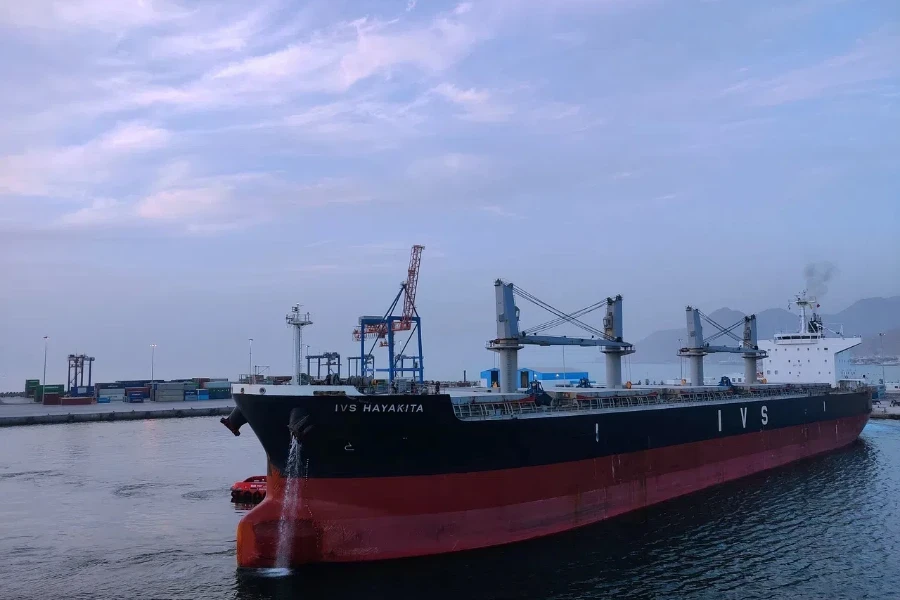
FOB, or Free on Board, is an Incoterms rule that requires the seller to deliver goods on board the vessel chosen by the buyer at a specified port of shipment after completing the export formalities. From that point onwards, the buyer takes over the rest of the transportation journey, including the import customs process and risk management.
For this reason, FOB is recommended solely for sea or inland waterway transport modes, not for other pre-loading carrier handoffs, to ensure clear transfer points. This rule is similar to only 3 other Incoterms among all 11 currently available, which limit the application to these specific transport modes: FAS, CFR, and CIF.
Key responsibilities and financial implications

Seller’s responsibilities and financial implications
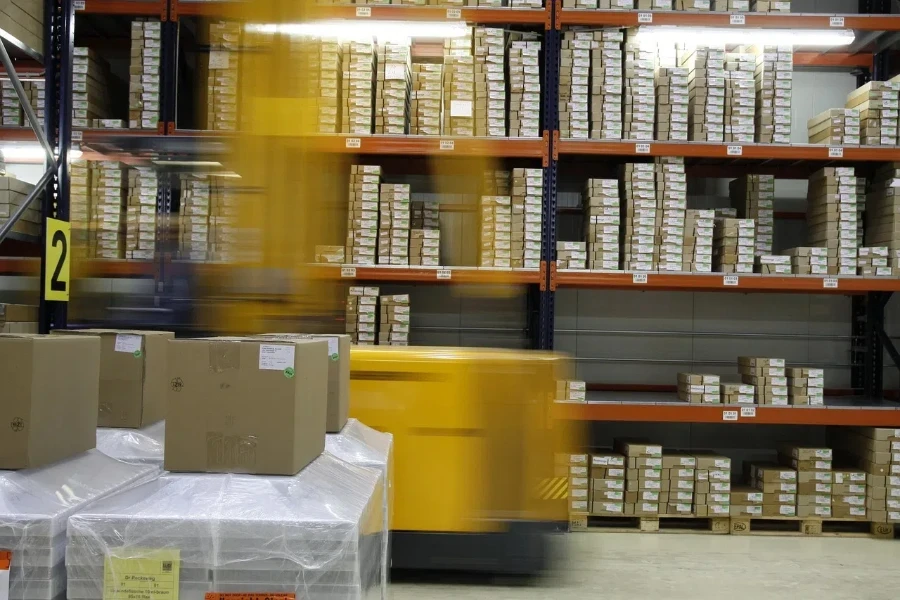
The responsibilities and financial obligations of the seller under FOB terms are centered on two main aspects: pre-loading duties and export clearance compliance. The pre-shipment duties include all delivery obligations up to the loading point, determined by the buyer or, if unspecified, at a location most convenient for the seller.
Financially, the seller bears all costs from packaging to port delivery, including loading the goods onto the ship. This covers all associated export taxes and duties, as the seller is also responsible for managing all export customs clearances, securing necessary export licenses, and conducting any required pre-shipment inspections. The risk transfers to the buyer once the goods are loaded on board.
To put it simply, the seller’s role is to ensure that the goods are ready to be loaded onto the designated vessel, with no obligations for their subsequent transportation up to the final destination or arranging any insurance coverage.
Buyer’s responsibilities and financial implications
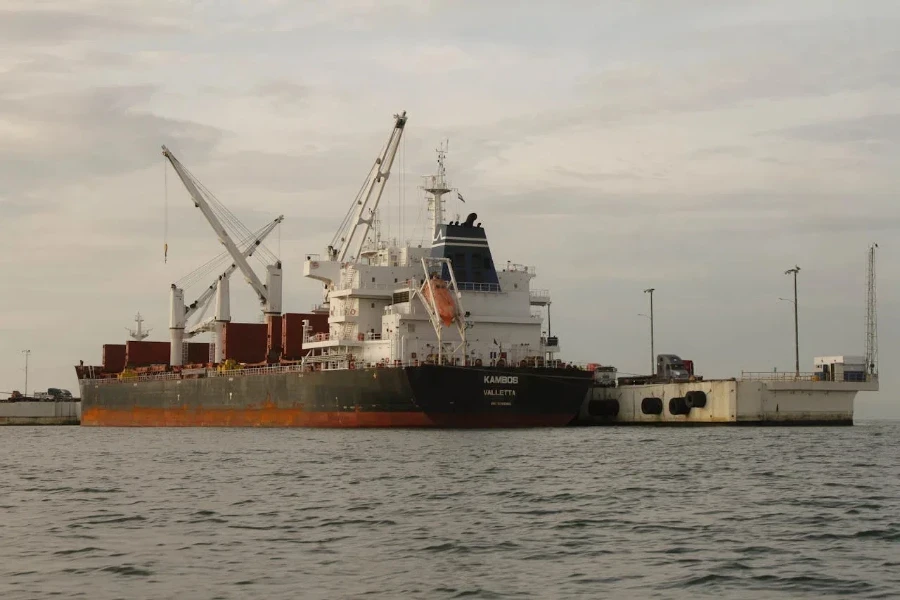
In contrast to the seller’s responsibilities that focus solely on pre-loading activities, the buyer’s responsibilities place all the burden on post-loading operations. Practically once the goods are loaded onto a vessel, the buyer takes over all ensuing duties, including arranging and managing the main carriage as well as covering all the associated costs that come with it.
The buyer also handles all risks and transportation costs from the point of loading, including all import clearance and transit-related tasks except for insurance, which remains optional. As such, this also means that all fees related to managing risks and financing the import clearance tasks, such as the import duties and taxes are entirely under the buyer’s responsibility.
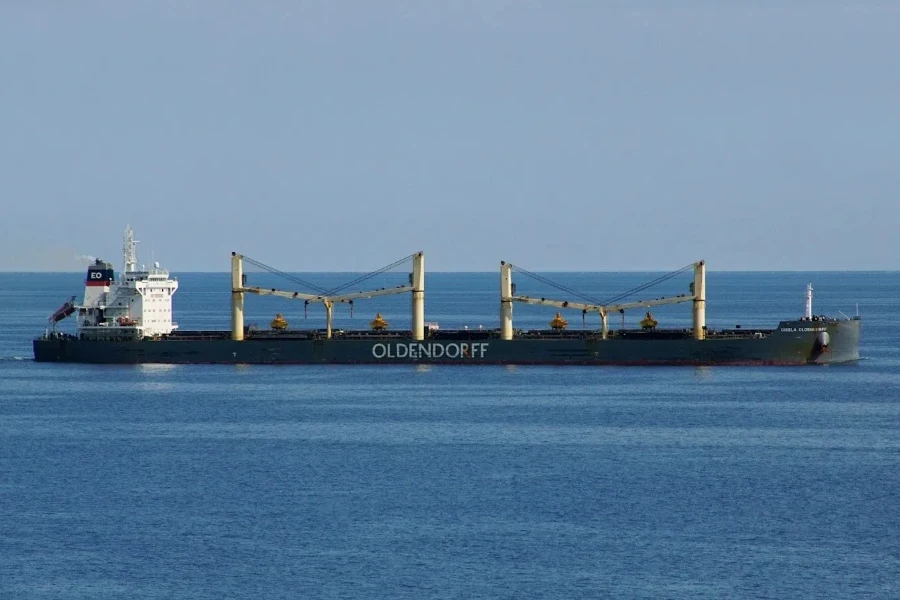
It’s worth noting that however, despite the repeated emphasis on the importance of the loading point marks the transition of risk and cost responsibilities from the seller to the buyer, there are some specific scenarios where the buyer might still bear responsibility for any loss or damage even if the goods have not been loaded, starting from the planned shipping date or requested shipping date, these scenarios include:
1) In case the buyer fails to provide essential details such as the vessel name, loading point, and delivery date, necessary for scheduling the cargo loading in a timely manner.
2) In case of buyer-related decisions, provided information, or lack of adequate notice which prevent the seller’s ability to load the goods or cause delays, additional costs, or missed shipping deadlines—like vessel delays or early cargo cut-offs due to incorrect dates supplied by the buyer.
Practical uses of FOB and essential buyer considerations
Practical use of FOB

In terms of its practical applications within the shipping industry, the FOB rule, according to Incoterms 2020’s original guidelines, is “not appropriate” for goods that must be first transferred to a carrier before loaded onto a vessel, such as those that involve delivery at a container terminal. This is because goods are typically first packed into containers in containerized shipping, transported to a container terminal, and finally loaded onto ships by terminal operators.
Such a logistical process, involving terminal operators instead of allowing sellers to load goods directly onto ships, is hence at odds with the FOB term. Consequently, containerized goods are generally better suited for the FCA Incoterms rule since it is able to accommodate the need to transfer goods at agreed-upon locations, including a container terminal.
In contrast, FOB is ideal for large-scale shipments of commodities such as grains, oil, or coal, which are often categorized as “bulk cargo” and are normally shipped in large quantities without separate packaging. Although these cargo types can be transported in various forms, including specialized containers, they are typically loaded directly onto vessels without the containerization process.
For example, in a typical FOB scenario, a seller from Ningbo, China, who needs to send a bulk shipment of green tea to a distributor in the United States can utilize FOB terms to deliver to the port of Ningbo, aligning with the bulk cargo nature of green tea. The seller handles all local logistics at the origin location, in this case, Ningbo, including transporting tea in bulk bags to the port until they are securely loaded onto the cargo vessel. All export duties and handling charges up until the point of loading are also the seller’s responsibility.
Once the tea is loaded onto the vessel, the responsibility shifts to the U.S. buyer. From this point onward, the U.S. company assumes all costs and risks, including ocean freight, applicable import duties, and insurance coverage if necessary. Such an arrangement allows both seller and buyer to benefit from the explicit risk transfer mechanism at the loading point– the fundamental aspect of the FOB rule that helps to simplify international shipping.
Essential buyer considerations
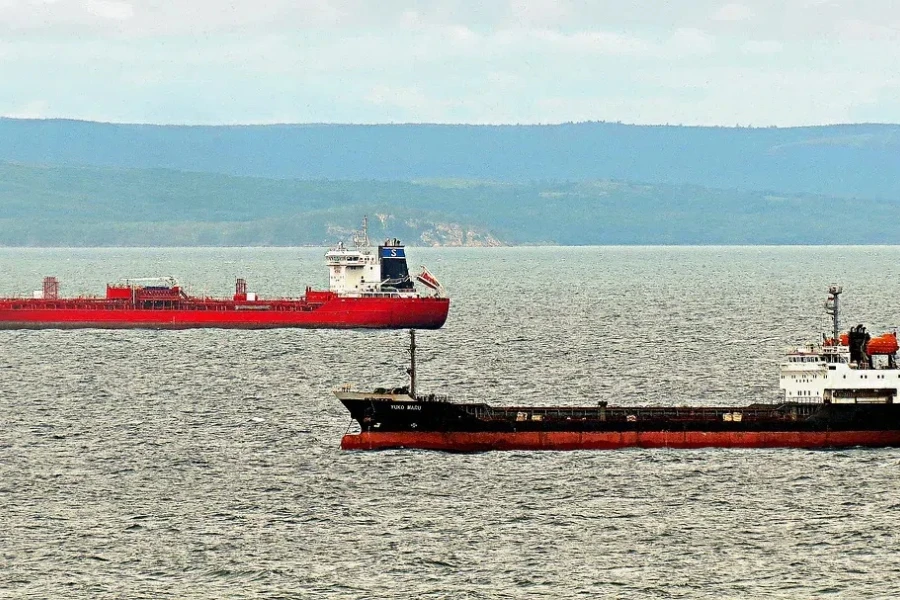
Essentially, when considering whether to proceed with the FOB rule, buyers should evaluate two main factors: the types of goods being shipped and their capability to manage the direct loading of goods.
The type of goods being shipped is a crucial consideration because it determines whether FOB terms are suitable for establishing a clear and efficient shipping process. The goods must fall into categories that can be directly loaded onto a vessel without the need for containerization, such as bulk cargo like various commodities.
Once buyers establish that the goods are suitable for shipment under FOB terms, they must ensure that they have the capability to manage or oversee the direct loading process and subsequent transportation. This capability is essential, as it determines their competence in handling the risk and responsibility transfer process that takes place at the loading point.
Overall, FOB Incoterms empower buyers with more control over the entire shipping process once the goods are loaded, as they can choose their freight forwarders and potentially negotiate for better rates. This also allows them to develop tailored risk management plans and insurance coverage to achieve more cost-efficiency.
A balanced approach

In a nutshell, the FOB Incoterms rule represents a more balanced approach between the seller and buyer. Each party handles its designated duties and costs related to the shipment at the origin place and subsequent transportation from the loaded vessel, covering export and import clearance in their respective areas.
When considering FOB as the preferred Incoterms rule to facilitate dealings with the seller, the buyer must take note of the types of goods to ensure suitability to be loaded directly onto vessels, on top of assessing their own competence in managing the direct loading process.
Access expert logistics insights, wholesale strategies, and valuable market updates on Alibaba.com Reads. Visit regularly for fresh ideas to accelerate business growth and success.
